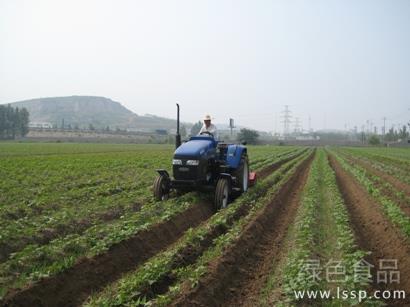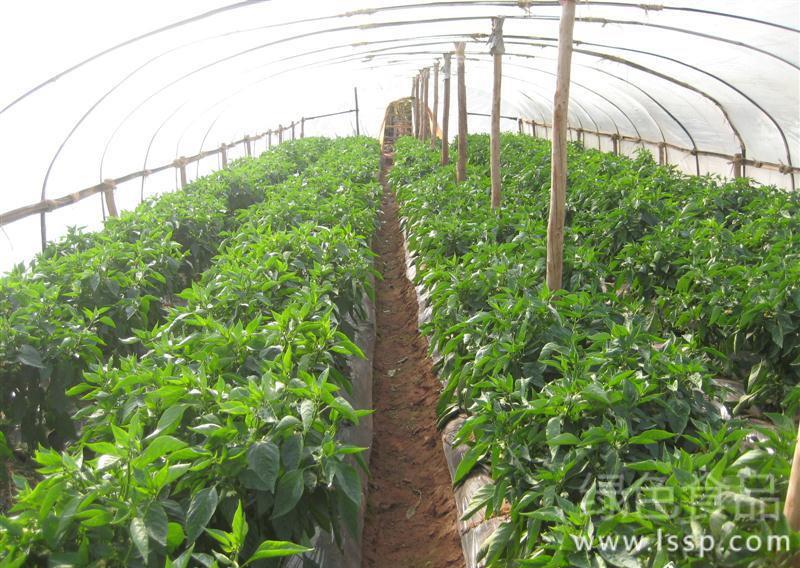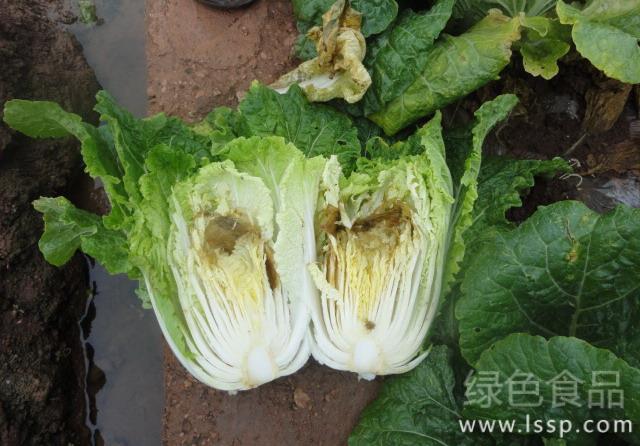High-yield cultivation techniques of "double-row ridging" of Potato

Potato cultivation
Potato double-row ridging and high-yield cultivation techniques are integrated potato cultivation measures such as deep loosening, ridging, deep fertilization and double-row reasonable close planting, which increases the yield by more than 15% and the commodity rate of qualified potato by more than 20% compared with conventional border cultivation. The main technical points are introduced as follows:
1. Choose the right variety. At present, it is mainly popularized to plant potato varieties with early and middle maturity, high yield and high quality, such as Bashu 10, Zhongshu 3, Feirita, Kexin 4 and so on.
two。 Land selection, trenching and ridging. Potato is not suitable for continuous cropping, and potato high-yield cultivation techniques are suitable for rotation with legumes, cereals, rape and other crops. It is suitable to choose sandy loam or tidal sand mud field with fertile soil, deep soil layer, loose structure, good drainage and irrigation conditions and strong ability of water and fertilizer conservation. After ploughing, the land should be leveled in time to make sure that the soil is covered, the ground is flat and the soil moisture is sufficient. It is required to flatten and refine the surface of the box, and open a good side ditch and cross ditch to facilitate drainage and waterproofing. When raising a ridge, it is necessary to achieve a ridge width of 60 cm, a ridge height of about 20 cm, and a ridge spacing of 33 cm.
3. Deal with the seeds. Seed potatoes should be strictly selected before sowing, and diseased and rotten potatoes should be eliminated. Seed potato must be complete, free from diseases and insect pests, free from injury and freezing, smooth skin and fresh color. Large seed potatoes should be cut into pieces, and when cutting pieces, 75% alcohol is used to disinfect knives and diseased potatoes to prevent virus (bacteria) transmission. Each seed potato should have 1-2 strong buds, and try to make use of the buds at the top. The weight of each piece should be 25 to 50 grams. The cutting pieces should be sown as soon as possible, and the seed consumption per mu is about 150 kg.
4. Sow seeds at the right time. Sowing in high altitude areas should be from early January to early February, and attention should be paid before potato harvest: those low altitude areas can be advanced to the end of December to early January. If a large number of seed potatoes have germinated, it is better to sprout later than too early to ensure that the seedlings are ready after the final frost.
5. Master sowing method and density. Sow two rows of seed potato in each ridge, the row spacing is 33cm ~ 36cm, the plant spacing is 23cm ~ 26cm, the distance between sowing row and ridge is 15cm, and each hole is sown with one seed potato to promote sprouting. When sowing, put the seed potato directly on the ridge, with the bud eye up, press it a little bit, so that the seed potato is in full contact with the soil. After sowing, cover the seed potato from the ditch and flatten the ridge. When the thickness of the covered soil is about 8 cm, if the covered soil is too shallow, the tubers will be exposed and turn green, which will affect the quality; if the covered soil is too thick, the emergence will be delayed and the yield will be affected. The general planting density is 5000-6000 holes / mu.
6. Apply enough base fertilizer. Generally, 15003000kg of organic manure, 30kg of phosphate fertilizer, 200kg of plant ash or 20kg of potassium sulfate are applied per mu as basic fertilizer between the two rows of potato. When sowing, such as 1000 kg of human and animal feces and urine per mu or 15 kg of nitrogen fertilizer as seed fertilizer, seedlings can emerge quickly, neatly and healthily.
7. Dressing up at the right time. While doing a good job in weeding, temperature management and water management (the method is the same as that of conventional border cultivation), topdressing should be carried out at the initial stage of potato tuber expansion, topdressing 10 kg of urea per mu or 15 kg of ternary compound fertilizer. 50 kg of water can also be foliar sprayed with 2% urea solution or 0.2-0.3 kg potassium dihydrogen phosphate.
8. Control diseases and insect pests. The main disease of potato is late blight. If more Rain Water causes serious disease before and after flowering, you can choose Jinxiaokang 2 special late epidemic type (0.5% aminooligosaccharin) 1000 times solution or spray with 75% mancozeb 100g / mu to 40 kg of water, and pull out the central diseased plant, and then apply it every 7-10 days. When it is found that there are grubs, ground tigers and other underground pests, 3% of Di Zhengdan No. 2 can be sprayed evenly with 3% of Di Zhengdan 2, 4 kg of fine sand and 4 kg of fine sand. If there are aphids, 25% deltamethrin 10 ml / mu can be used to spray 50 kg of water.
9. Harvest at the right time. The best harvest time is when the potato plant withered, most of the stems and leaves turned yellow, and the tuber stopped expanding.
- Prev

Four simple methods Anti-freezing measures of Pepper seedlings in greenhouse in Winter
Four simple methods Anti-freezing measures of Pepper seedlings in greenhouse in Winter
- Next

How to prevent and cure the phenomenon of "dry heartburn" in Chinese cabbage
How to prevent and cure the phenomenon of "dry heartburn" in Chinese cabbage
Related
- Fuxing push coffee new agricultural production and marketing class: lack of small-scale processing plants
- Jujube rice field leisure farm deep ploughing Yilan for five years to create a space for organic food and play
- Nongyu Farm-A trial of organic papaya for brave women with advanced technology
- Four points for attention in the prevention and control of diseases and insect pests of edible fungi
- How to add nutrient solution to Edible Fungi
- Is there any good way to control edible fungus mites?
- Open Inoculation Technology of Edible Fungi
- Is there any clever way to use fertilizer for edible fungus in winter?
- What agents are used to kill the pathogens of edible fungi in the mushroom shed?
- Rapid drying of Edible Fungi

